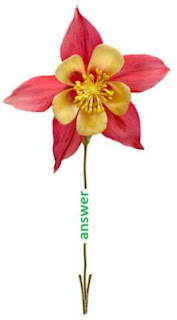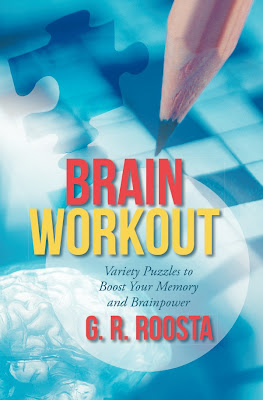Santa always leaves plans for his elves to determine the order in which the reindeer will pull his sleigh. This year, for the European leg of his journey, his elves are working to the following schedule, that will form a single line of nine reindeer:
Comet behind Rudolph, Prancer and Cupid. Blitzen behind Cupid and in front of Donder, Vixen and Dancer. Cupid in front of Comet, Blitzen and Vixen. Donder behind Vixen, Dasher and Prancer. Rudolph behind Prancer and in front of Donder, Dancer and Dasher. Vixen in front of Dancer and Comet. Dancer behind Donder, Rudolph and Blitzen. Prancer in front of Cupid, Donder and Blitzen. Dasher behind Prancer and in front of Vixen, Dancer and Blitzen. Donder behind Comet and Cupid. Cupid in front of Rudolph and Dancer. Vixen behind Rudolph, Prancer and Dasher.
Can you help the elves work out the order of the reindeer?
Comet behind Rudolph, Prancer and Cupid. Blitzen behind Cupid and in front of Donder, Vixen and Dancer. Cupid in front of Comet, Blitzen and Vixen. Donder behind Vixen, Dasher and Prancer. Rudolph behind Prancer and in front of Donder, Dancer and Dasher. Vixen in front of Dancer and Comet. Dancer behind Donder, Rudolph and Blitzen. Prancer in front of Cupid, Donder and Blitzen. Dasher behind Prancer and in front of Vixen, Dancer and Blitzen. Donder behind Comet and Cupid. Cupid in front of Rudolph and Dancer. Vixen behind Rudolph, Prancer and Dasher.
Can you help the elves work out the order of the reindeer?

Answer:
Prancer
Cupid
Rudolph
Dasher
Blitzen
Vixen
Comet
Donder
Dancer





